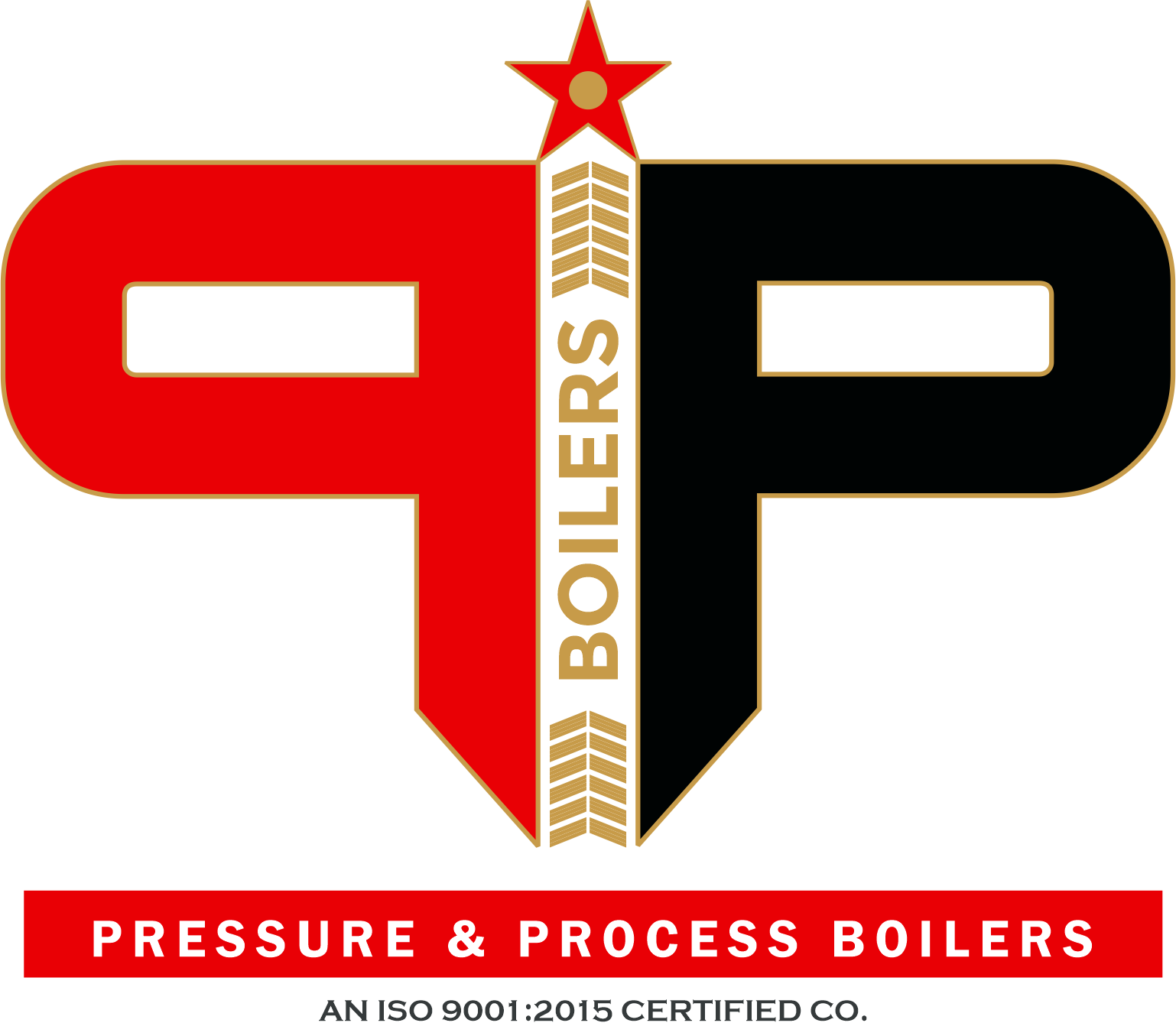Hot Air Generator
A Hot Air Generator is a combustion-based system designed to produce clean, dry, and temperature controlled hot air for diverse industrial heating applications. It efficiently converts fuel energy into thermal energy, delivering high-temperature air for processes such as drying, curing, and space heating. PP Boilers’ HAGs provide energy-efficient, modular, and low-emission solutions for industries that require direct or indirect heating without steam. These systems are well-suited for operations demanding precise temperature control and air purity.
Capacity
100,000 to 5,000,000 Kcal/hr
Airflow Rate
1,000 to 150,000 m³/hr
Temperature
50°C to 600°C (customizable)
Fuel Options
Biomass, RDF, agro-waste, diesel, natural gas, LPG, wood chips, rice husk/straw etc.
Details
PP Boilers’ Hot Air Generators are engineered to provide reliable heat for diverse industrial applications. These systems use a combustion chamber to burn fuel (biomass, diesel, gas, etc.), and the generated heat is transferred to air via a heat exchanger. Key design aspects include:
- Indirect Heating: Prevents contamination of process air with combustion gases.
- Fuel Versatility: Compatible with biomass, diesel, natural gas, rice husk, and wood chips.
- Modular Design: Allows easy integration into existing production lines.
- Eco-Friendly Operation: Optimized combustion reduces emissions and fuel consumption.
- Robust Construction: Durable materials ensure long-term reliability.
- Automated Controls: Includes temperature sensors and safety shutoffs.
- Compact Design: Space-saving for easy installation.
- Customizable Output: Adjustable airflow and temperature settings.
- Low Noise Operation: Engineered for minimal vibration and sound.
Key Points
- Heating Modes: Direct and indirect heating configurations for varied application needs
- Fuel Flexibility: Compatible with biomass, diesel, natural gas, LPG, RDF, rice husk/straw, and wood chips
- Thermal Efficiency: High efficiency with minimized heat loss and fuel consumption
- Water-Free Operation: Zero water usage eliminates scaling and corrosion risks
- Industry Versatility: Applicable in food, textile, pharma, plywood, chemical, cement, agriculture, construction, and automotive sectors
- Sustainability Support: Contributes to low-emission, eco-friendly operations
Advantages
- Cost-Effective: Lower operational costs compared to steam-based systems.
- Versatility: Suitable for diverse industries (food, textiles, chemicals).
- Zero Water Usage: Eliminates scaling, corrosion, and water treatment costs.
- High-Temperature Output: Delivers air up to 600°C for demanding processes.
- Environmentally Friendly: Low emissions with optional pollution control.
- Scalability: Modular designs for easy capacity upgrades.
- Quick Installation: Pre-engineered components reduce setup time.
- Durability: Robust construction with heat-resistant materials.
- Precision Control: ±2°C temperature accuracy.
- Compliance: Meets IBR, ISO, and CPCB standards.
Applications
- Food Processing: Drying grains, spices, or baked goods.
- Textiles: Fabric drying, dye fixation, and curing.
- Pharmaceuticals: Powder drying and equipment sterilization.
- Plywood & Laminates: Glue curing and hot pressing.
- Chemicals: Reactor heating and solvent evaporation.
- Cement Industry: Preheating raw materials.
- Agriculture: Crop drying and storage heating.
- Automotive: Paint drying and component heating.
- Paper Mills: Drum drying and pulp processing.
- Construction: Concrete curing and asphalt heating.
Salient Features
- Contamination-Free Heating: Indirect heat exchanger design ensures clean process air
- Durable Construction: Built with high-temperature and corrosion-resistant materials
- Advanced Automation: PLC-based system with flame monitoring, sensors, and safety interlocks
- Compact Design: Space-efficient layout with pre-engineered modules for quick setup
- Low Noise Operation: Engineered burners and fans for silent performance
- Eco-Conscious Combustion: Low-emission operation with optional pollution control
- Maintenance Efficiency: Easy access and minimal maintenance requirements
- Customizable Output: Tailored airflow and temperature control as per process needs
- Economic Operation: Lower lifecycle and operational costs compared to steam systems
Applications
- Food Processing: Drying grains, spices, or baked goods.
- Textiles: Fabric drying, dye fixation, and curing.
- Pharmaceuticals: Powder drying and equipment sterilization.
- Plywood & Laminates: Glue curing and hot pressing.
- Chemicals: Reactor heating and solvent evaporation.
- Cement Industry: Preheating raw materials.
- Agriculture: Crop drying and storage heating.
- Automotive: Paint drying and component heating.
- Paper Mills: Drum drying and pulp processing.
- Construction: Concrete curing and asphalt heating.
